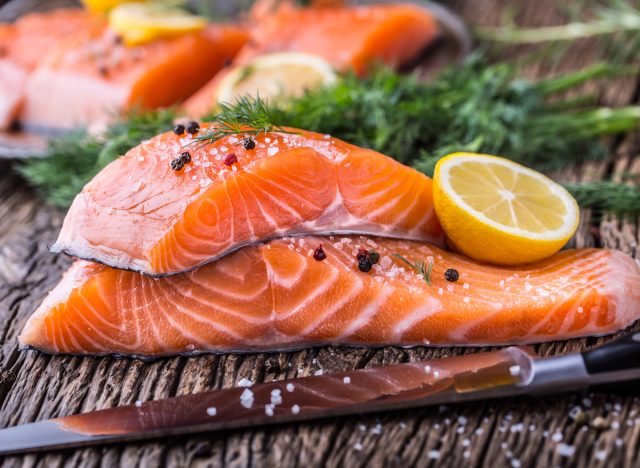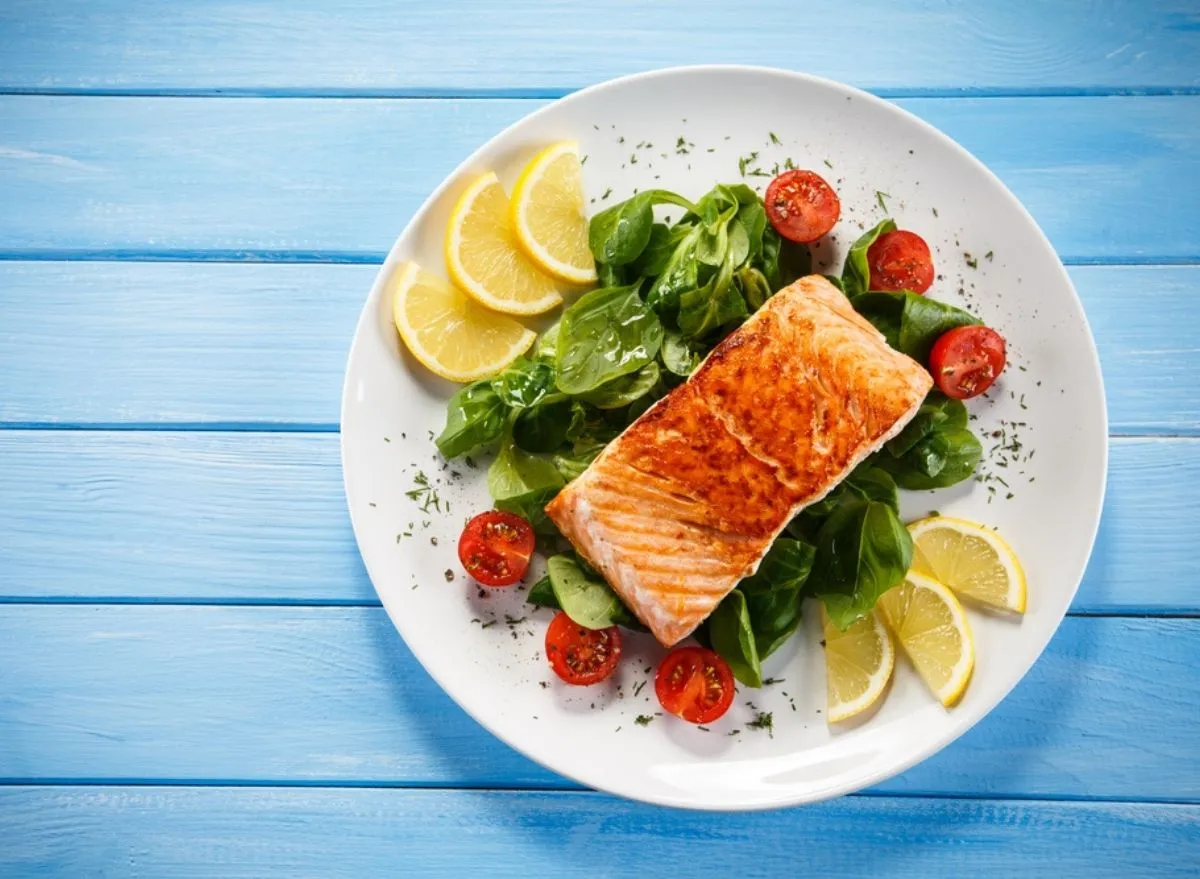Seafood of all kinds is wonderful for general health and well-being; however, it is especially beneficial for brain health. According to the Dietary Guidelines for Americans 2020-2025Nearly 90% of Americans do not meet the recommended intake amount of eight ounces of seafood per week. In general, seafood is a category of nutrient-dense foods that provide protein, healthy fats, B vitamins, and minerals like zinc, iron, and iodine. When it comes to nourishing the brain and keeping it in tip-top shape, the best fish to consume is wild salmon.
More than half of the brain is made up of fats, specifically omega-3 polyunsaturated fatty acids, according to nutrients. About 90% of the fat that makes up the structure of the brain is in the form of docosahexaenoic acid (DHA). Salmon is a rich source of DHA, as well as another important omega-3 fatty acid, eicosapentaenoic acid (EPA). In fact, a 3-ounce serving of wild salmon contains 1.22 grams of DHA and 0.35 grams of EPA. If you’re wondering how that compares to the recommended amount of DHA and EPA to consume each day, that’s roughly 100%

More and more research is being done to understand how diet can slow or prevent cognitive decline. What is known so far is that a higher intake of polyunsaturated fatty acids is associated with a lower risk of mild cognitive impairment, according to the American journal of clinical nutrition.
In addition to feeding your brain prime sources of omega-3 fatty acids, consuming wild salmon can help produce a powerful protein called brain-derived neurotrophic factor (BDNF). BDNF supports the growth and survival of brain cells and is one of the proteins responsible for creating new brain cells.
For salmon lovers, this is great news! Not only can you enjoy a tasty form of protein, but you can also take care of your brain in the process. To watch the benefits of eating salmonmake sure you consume it at least twice a week, but ideally three. Ways to enjoy salmon include roasting it in the oven with pesto and a side of vegetables, simply grilled with a side of grain and vegetables, or in a curry.
Wild salmon fillets can be more expensive, so if shopping on a budget, try canned wild salmon. It’s a great budget option and can be added on top of salads or used to make tasty salmon patties.
Sydney Greene, MS, RD
Sydney Greene is a registered dietitian specializing in nutrition for addiction recovery, eating disorders and body image, as well as chronic digestive issues. read more

